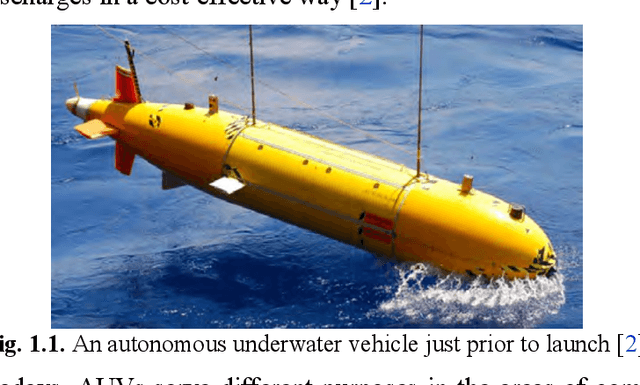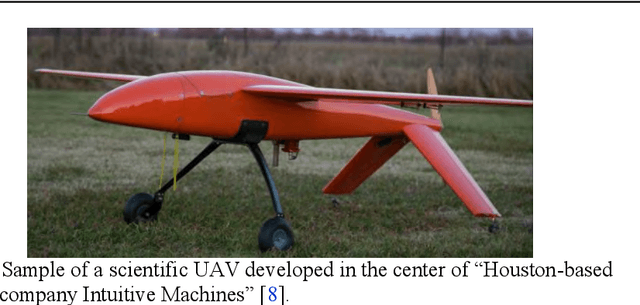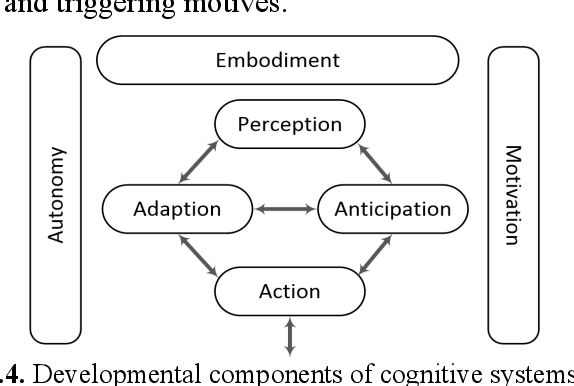Reza Bairam Zadeh
Autonomy and Unmanned Vehicles Augmented Reactive Mission-Motion Planning Architecture for Autonomous Vehicles
Jul 19, 2020



Abstract:Advances in hardware technology have facilitated more integration of sophisticated software toward augmenting the development of Unmanned Vehicles (UVs) and mitigating constraints for onboard intelligence. As a result, UVs can operate in complex missions where continuous trans-formation in environmental condition calls for a higher level of situational responsiveness and autonomous decision making. This book is a research monograph that aims to provide a comprehensive survey of UVs autonomy and its related properties in internal and external situation awareness to-ward robust mission planning in severe conditions. An advance level of intelligence is essential to minimize the reliance on the human supervisor, which is a main concept of autonomy. A self-controlled system needs a robust mission management strategy to push the boundaries towards autonomous structures, and the UV should be aware of its internal state and capabilities to assess whether current mission goal is achievable or find an alternative solution. In this book, the AUVs will become the major case study thread but other cases/types of vehicle will also be considered. In-deed the research monograph, the review chapters and the new approaches we have developed would be appropriate for use as a reference in upper years or postgraduate degrees for its coverage of literature and algorithms relating to Robot/Vehicle planning, tasking, routing, and trust.
Efficient Deployment and Mission Timing of Autonomous Underwater Vehicles in Large-Scale Operations
Jun 29, 2018Abstract:This study introduces a connective model of routing- local path planning for Autonomous Underwater Vehicle (AUV) time efficient maneuver in long-range operations. Assuming the vehicle operating in a turbulent underwater environment, the local path planner produces the water-current resilient shortest paths along the existent nodes in the global route. A re-routing procedure is defined to re-organize the order of nodes in a route and compensate any lost time during the mission. The Firefly Optimization Algorithm (FOA) is conducted by both of the planners to validate the model's performance in mission timing and its robustness against water current variations. Considering the limitation over the battery life time, the model offers an accurate mission timing and real-time performance. The routing system and the local path planner operate cooperatively, and this is another reason for model's real-time performance. The simulation results confirms the model's capability in fulfillment of the expected criterion and proves its significant robustness against underwater uncertainties and variations of the mission conditions.
 Add to Chrome
Add to Chrome Add to Firefox
Add to Firefox Add to Edge
Add to Edge